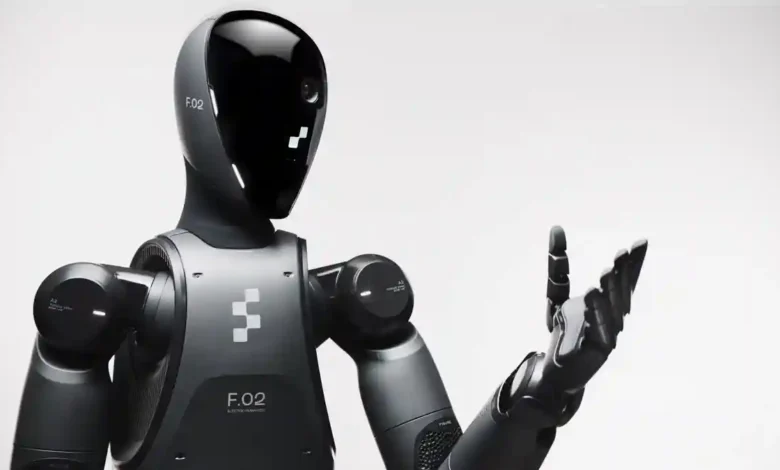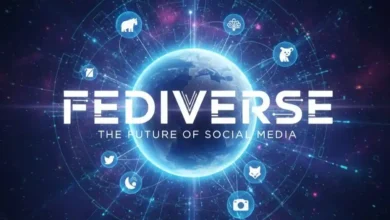Figure F.02: How the World’s Most Advanced Humanoid Robot Is Nearing Human-Level Intelligence

Figure, the ambitious AI robotics company, is rapidly turning science fiction into tangible reality by progressing toward shipping its humanoid robot, Figure F.02, equipped with groundbreaking, human-level intelligence. Lauded as one of the first commercially viable autonomous humanoid robots, Figure F.02’s development trajectory and real-world deployments are set to redefine humanity’s relationship with machines, raising profound questions and opportunities for the age of agentic AI.
The Origin Story: Figure’s Bold Vision
Figure was founded in 2022 by Brett Adcock, a serial entrepreneur with a deep belief in the potential of humanoid robotics. Backed by industry titans including OpenAI, Nvidia, and Brookfield, the company’s mission is not just incremental automation but full-on agentic AI robots capable of true autonomy, self-direction, and adaptation to real-world challenges. With a staggering $1.5 billion in recent funding and a valuation rivaling global giants, Figure is betting big on making its vision of “general-purpose, human-level intelligence in machines” a ubiquitous feature in industry, homes, and daily life.
Engineering Marvel: What Sets Figure F.02 Apart?
The leap from concept to commercial deployment was achieved at lightning speed, just 31 months after incorporating, Figure shipped F.02 units to paying commercial customers. F.02’s engineering is a symphony of advanced robotics: integrated limb cabling for real-world durability, custom motors for each joint to match human-level dexterity, and a 50% larger battery for enhanced runtime. Multiple onboard Nvidia-powered AI modules enable the robot to rapidly process complex visual and linguistic information in real time, supporting fully autonomous operations in dynamic environments from warehouses to factories.
Key Features:
- Vision-language-action (VLA) system: “Helix AI”—enables instant understanding of commands and adaptation to unfamiliar tasks.
- Six RGB cameras and a 16-degree-of-freedom human-equivalent robotic hand for anthropomorphic manipulation.
- Robust learning from real-world, egocentric human videos, allowing “video-to-robot transfer” so robots can mirror human skills without direct programming.
- Fourfold speed and sevenfold reliability gains over previous models, now executing “1,000 placements/day, fully autonomously” at client sites.
The Human Level Intelligence Quest: Agentic AI in Action
The true future-shaping twist is Figure’s pursuit of agentic AI, autonomous intelligence with the ability to plan, reason, and act independently in new situations. Through “Project Go-Big,” Figure is scaling up its Vision-Language-Action model using data from over 100,000 residential units and massive video datasets. This internet-scale pretraining seeks to give Figure robots the capacity for “zero-shot learning”: the robot watches a video of a human task, and can then instantly replicate it in a similarly cluttered, real-world environment via natural language instructions.
“In short: for the first time, Figure robots can navigate, manipulate, and accomplish tasks with a flexibility and breadth that mirrors human learning from videos and verbal explanations,” explains the company. This achievement is considered by many experts as the closest approximation to “general AI” in a physical robot to date, enabling use cases from industrial assembly to complex home chores.
The Business Model: From Industrial Floors to Everyday Homes
Figure’s early commercial partners include major manufacturers like BMW, where robots are already performing intricate production tasks such as “sheet metal placement and chassis assembly,” collecting valuable operational data and training for further deployment. The vision extends beyond industry, however, with planned expansion into domestic and commercial settings, eventually producing millions of units targeting both enterprise and consumers.
Thought-Provoking Implications: Are We Ready for Truly Agentic Robots?
Figure’s meteoric progress prompts society to revisit deep questions at the intersection of technology, economy, and philosophy:
- What happens when robots can learn any skill demonstrated online or on video and autonomously execute it in the real world?
- Will agentic AI partners replace or augment human workers? How do societies adapt to this transformation of labor and daily life?
- What frameworks are needed to ensure safety, accountability, and ethical decision-making for autonomous robots operating in complex human environments?
Figure F.02’s journey from the lab to the workplace—and soon the home—may mark humanity’s entry into a future where agentic machines become collaborators, innovators, and perhaps, even companions. The only certainty is that the age of AI humanoids is no longer a speculative dream. It’s arriving, at scale, right now.
For more Odinozz Tech articles, click here.
Follow Odinozz on social media. Click here.



